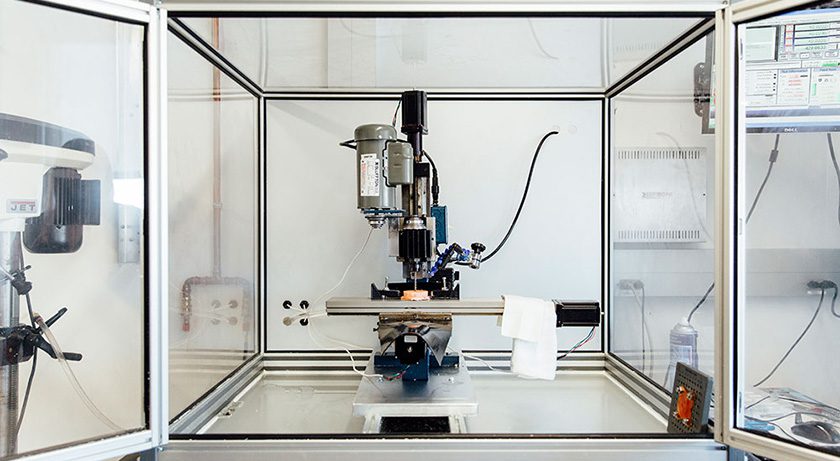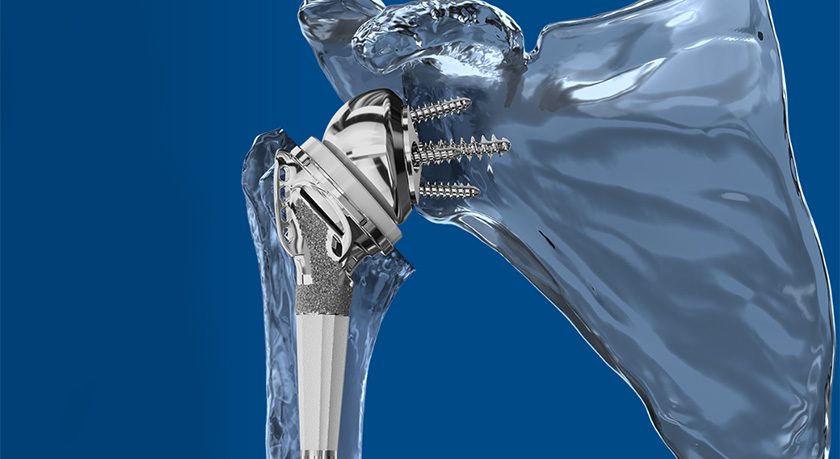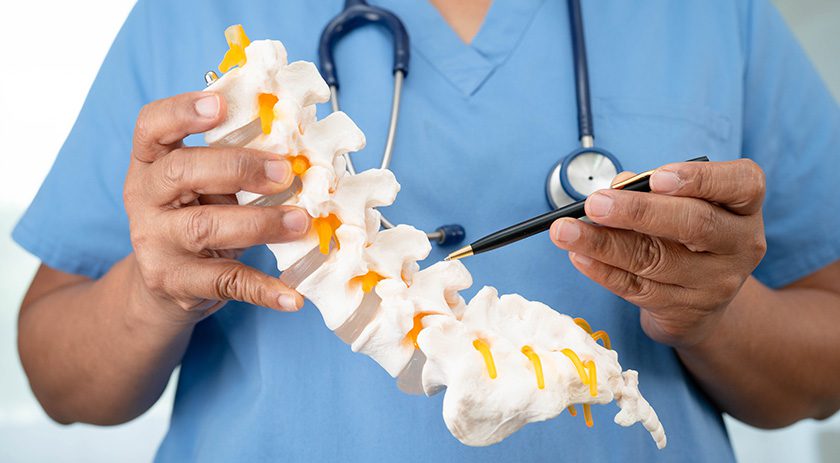

 Copy to clipboard
Copy to clipboard 
EpiBone closed a convertible note funding round led by Kendall Capital Partners, with participation from LifeSpan Vision Ventures, EMV Capital and others. This additional funding will propel EpiBone’s ongoing pipeline development of products for skeletal reconstruction.
EpiBone’s technologies represent advanced treatment modalities that leverage autologous and allogeneic stem cells, 3D bioprinting and bioreactor technology to provide personalized, effective solutions for bone and osteochondral reconstruction.
In mid-2023, the company announced Investigational New Drug clearance from FDA to begin testing its lab-grown knee cartilage in humans. The treatment, an engineered allogenic osteochondral graft, has shown promise in preclinical studies and could benefit people with damaged knee cartilage caused by sports injuries, trauma or post-traumatic arthritis.
Source: EpiBone
EpiBone closed a convertible note funding round led by Kendall Capital Partners, with participation from LifeSpan Vision Ventures, EMV Capital and others. This additional funding will propel EpiBone's ongoing pipeline development of products for skeletal reconstruction.
EpiBone's technologies represent advanced treatment modalities that...
EpiBone closed a convertible note funding round led by Kendall Capital Partners, with participation from LifeSpan Vision Ventures, EMV Capital and others. This additional funding will propel EpiBone’s ongoing pipeline development of products for skeletal reconstruction.
EpiBone’s technologies represent advanced treatment modalities that leverage autologous and allogeneic stem cells, 3D bioprinting and bioreactor technology to provide personalized, effective solutions for bone and osteochondral reconstruction.
In mid-2023, the company announced Investigational New Drug clearance from FDA to begin testing its lab-grown knee cartilage in humans. The treatment, an engineered allogenic osteochondral graft, has shown promise in preclinical studies and could benefit people with damaged knee cartilage caused by sports injuries, trauma or post-traumatic arthritis.
Source: EpiBone

You’ve reached your limit.
We’re glad you’re finding value in our content — and we’d love for you to keep going.
Subscribe now for unlimited access to orthopedic business intelligence.
JV
Julie Vetalice is ORTHOWORLD's Editorial Assistant. She has covered the orthopedic industry for over 20 years, having joined the company in 1999.







